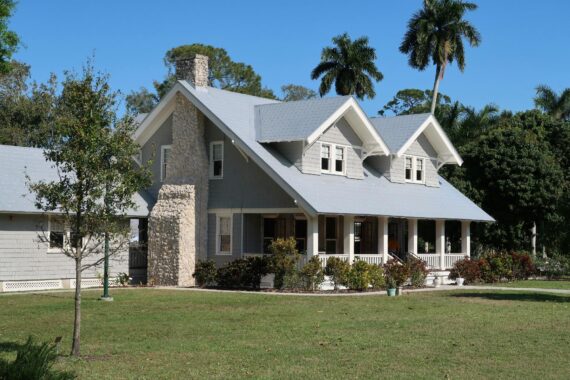The Impact of Seating on Worship Experience: Why It Matters

When you think about the elements that contribute to a fulfilling worship experience, you might often focus on aspects such as music, sermons, and the overall ambience of the place. However, one factor that is often overlooked but plays a massive role in shaping the experience is church seating. The way in which people are seated during a religious service can have a profound impact on their level of engagement, comfort, and overall connection to the divine. So in this article, explore why it matters in the context of worship and how it can enhance the spiritual experience.
Comfort and Physical Well-Being
One of the primary reasons is the physical well-being and comfort of the worshippers. Religious services can be lengthy, involving hours of sitting or kneeling. As such, uncomfortable seats can distract individuals from fully immersing themselves in the experience. So it is essential to provide seats that are ergonomic, supportive, and conducive to maintaining good posture. And by ensuring that worshippers are physically comfortable, they can focus their attention on the spiritual aspects of the service, allowing for a deeper connection with the divine.
Explore: 100+ Merry Christmas Wishes, Messages and Quotes for family, friends and Teacher
Accessibility and Inclusivity
Another crucial aspect is accessibility and inclusivity. Places of worship should strive to be inclusive spaces that accommodate individuals with diverse physical abilities. It means providing options that cater to different needs, such as wheelchair-accessible seats, seats with armrests and back support for individuals with mobility challenges, and arrangements that allow for easy movement and navigation within the space. When all individuals feel welcome and accommodated, it creates an environment that fosters belonging and enhances the experience for everyone involved.
Facilitating Interaction and Connection:
Seat arrangements can also play a role in facilitating interaction and connection among worshippers. The layout and design can encourage engagement and social interaction, allowing individuals to connect with one another on a deeper level. For example, arranging seats in a circular or semi-circular formation can foster a sense of unity and encourage face-to-face interaction. It can be particularly beneficial during communal prayers, group discussions, or moments of shared reflection. By encouraging interaction and promoting a sense of community, arrangements can enrich the experience and create lasting connections among worshippers.
Enhancing Acoustics and Sightlines
Effective design can significantly impact the acoustics and sightlines within a place of worship. Properly designed seats can enhance the sound quality, allowing for better audibility of prayers, sermons, and musical performances. In addition, well-planned arrangements can ensure that all worshippers have clear sightlines to the pulpit, altar, or focal point of the service. When everyone can see and hear clearly, it creates a more immersive and engaging experience, enabling individuals to connect with the message being delivered and participate fully in the rituals and ceremonies.
Creating a Sacred Atmosphere
The aesthetics of church seating can contribute to the creation of a sacred atmosphere within a place of worship. The design, materials, and colours can evoke a sense of reverence and spirituality. Whether it’s the richly carved wooden pews in a traditional church or the minimalist seats in a contemporary space, the visual appeal can set the tone for the experience. By creating an environment that is visually pleasing and resonates with the sacredness of the occasion, it becomes an integral part of the overall atmosphere, enhancing the spiritual connection for worshippers.
In conclusion, it is an often underestimated yet crucial element in shaping the experience. It affects the physical well-being, comfort, and inclusivity of worshippers, facilitates interaction and connection, enhances acoustics and sightlines, and contributes to the creation of a sacred atmosphere. By paying attention to the design, functionality, and aesthetics of arrangements, places of worship can create an environment that encourages deep spiritual engagement, fosters community and leaves a lasting impact on the worshippers. Seating, therefore, should be considered an essential aspect of worship space design, with careful thought given to its impact on the overall experience.









Comments are closed.